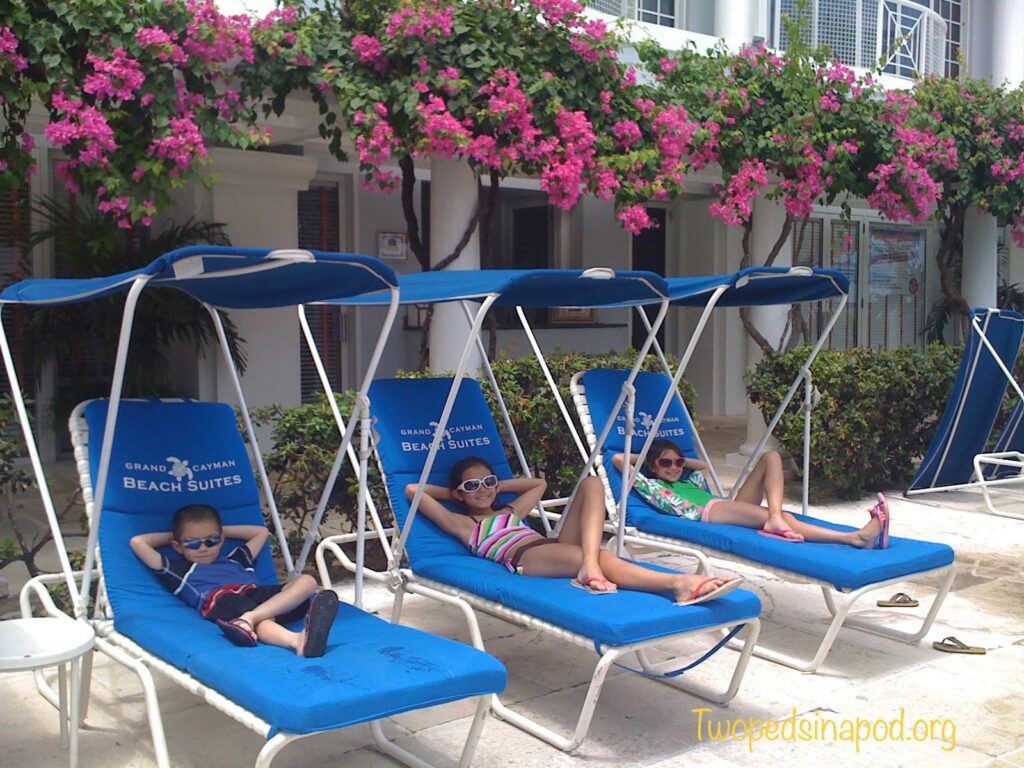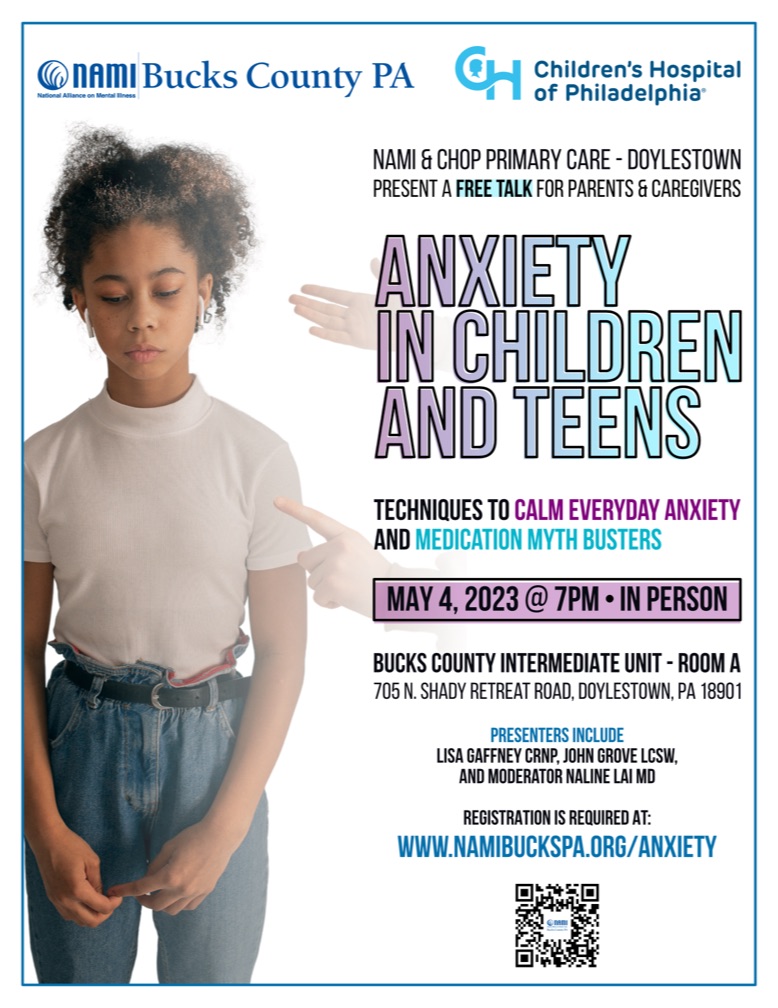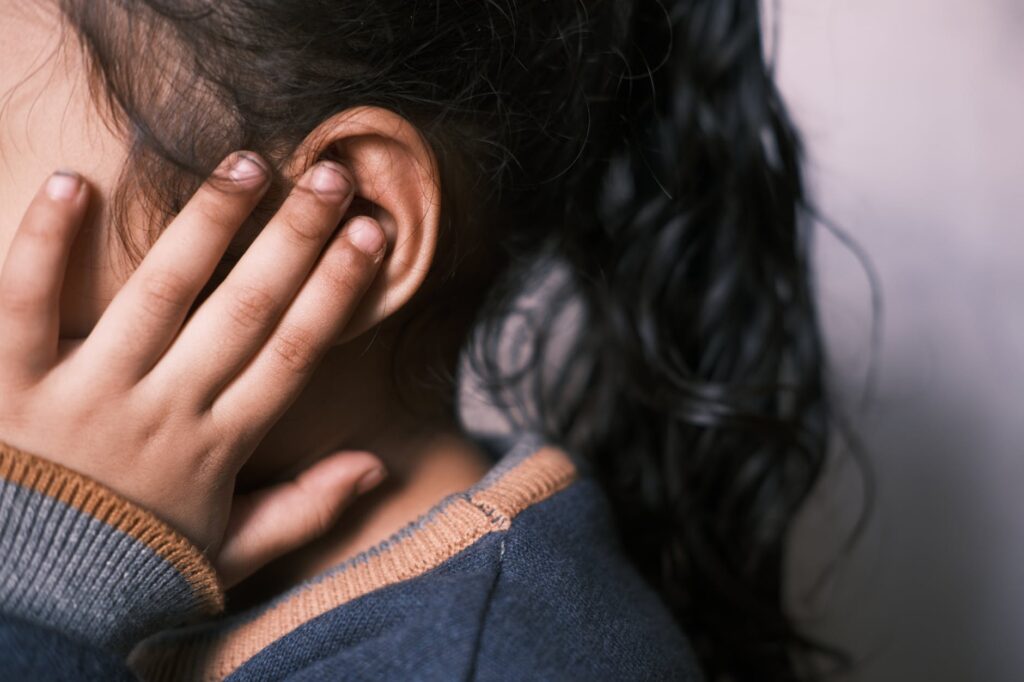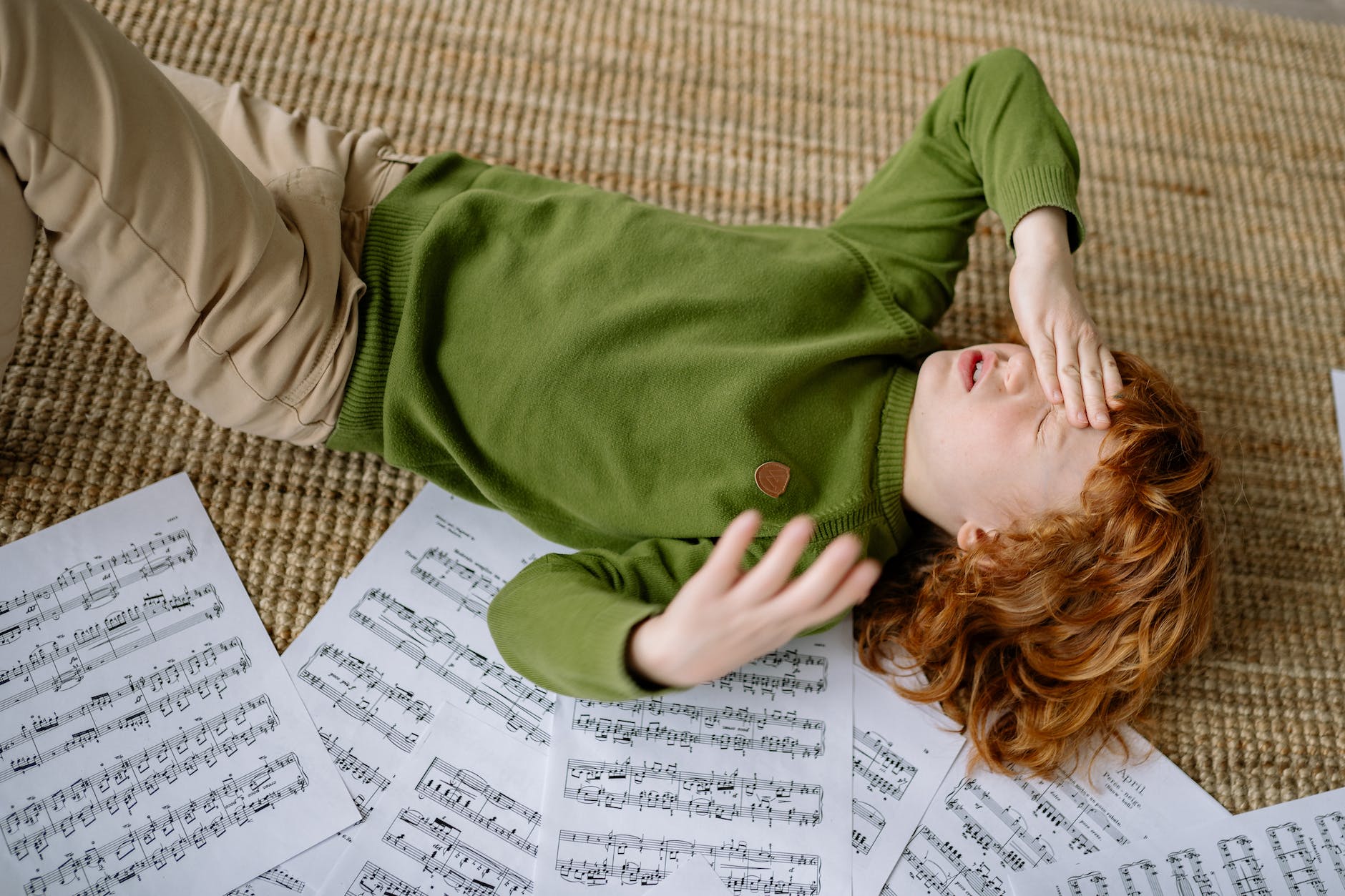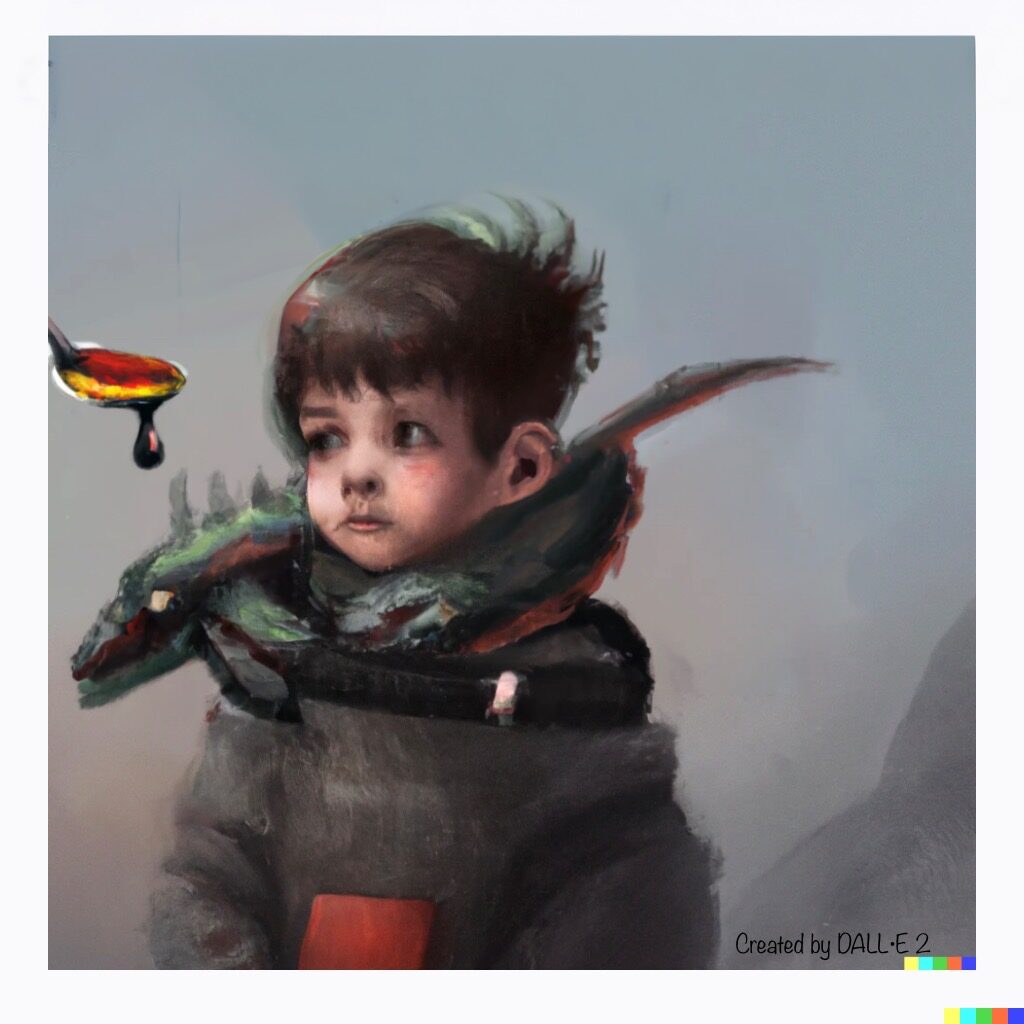The truth about the first day of school for parents- from kindergarten to college
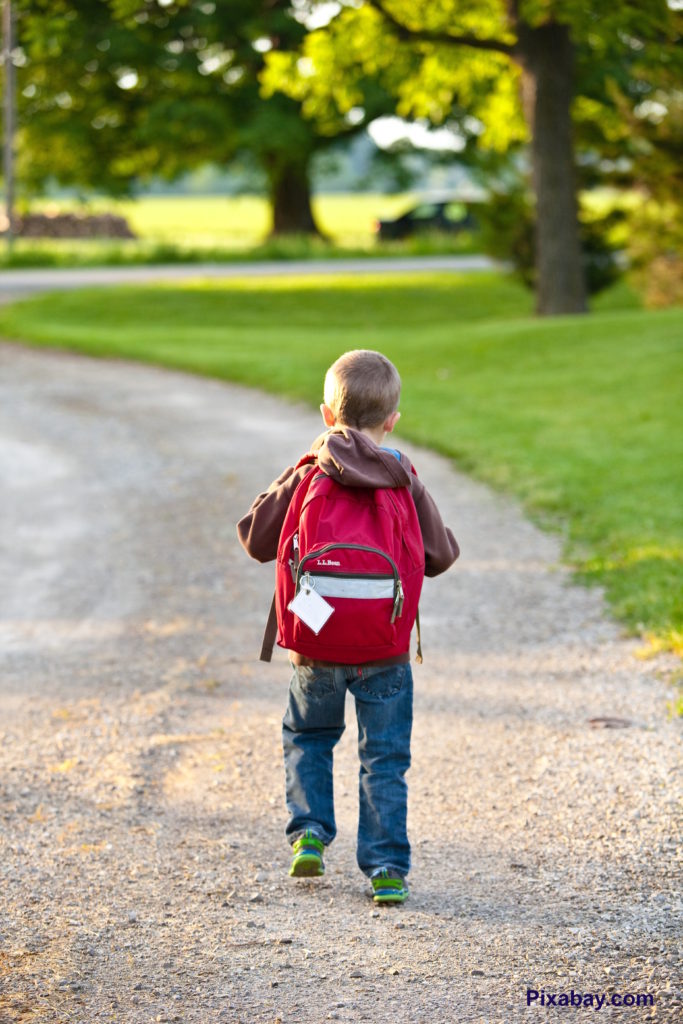
The first of many first days of school.
Parents, let’s admit it. Many of the tears shed on the first day of school are our own. The first day of school for parents is not easy. There is genuine sadness and ache that goes beyond the bittersweet as our kids approach momentous milestones such as kindergarten entry and college send off. As our pediatrician friend Dorothy Novick posted on Facebook, “Because here’s a thing no one ever says out loud on Facebook: as all the balloons and congrats explode on our feeds, many of us parents of graduates are experiencing some pretty serious grief. There’s true pride in the photos, yes, but there’s also honest to goodness grief.”
For your kid-remember the rules of drop off:
- For kids of all ages, convey to them that the transition is a positive experience. You give your child cues on how to act in any situation. Better to convey optimism than anxiety. Kids, no matter the age, mirror the emotions their parents convey.
- For daycare and preschool, take your child and place her into the arms of a loving adult- do not leave her alone in the middle of a room.
- Say good bye. Let your child know that you are leaving. Don’t try to sneak off. At any age, it’s unsettling for you to suddenly disappear.
- Do not linger. Prolonging any tears, only prolongs tears. The faster you leave, the faster happiness will start.
- For the younger ones- it’s ok to go back and spy on them to reassure yourself that they have stopped crying- just don’t let them see you. For the older ones-let them have their independence- this is what you’ve trained them for. In fact, encourage their independence. When your young adult asks you a question, ask it back. Chances are, they already know the answer. Just remind them that you are always available. Send the care packages and answer their midnight texts.
For yourself:
Congratulate yourself on reaching a family milestone. The first day of school for parents and children is momentous. Yes, the configuration of your family has changed and it will not be the first or last time. Acknowledge the ache of the passage of time, and reach out to others in similar situations.
Just as your child delights you with all of their unique interests and attributes, go show them all the amazing unique things you do. Take up ball room dancing, start a business painting colorful furniture or join an adult soccer league …these are all real life examples of things we know people embarked on when their kids went off to school.
Cry those “happy tears.” But be aware, sentimental “happy tears” can tip over into depression.
If negative thoughts or worries constantly impinge on your thoughts and weigh you down, then seek help. Talk to your doctor for advice. Also, the National Alliance on Mental Illness maintains a lists of resources. Depression looks like sadness much of the time but it can also manifest as anger or anxiety.
Warning signs of depression include:
- Acting out of control
- Losing interest in activities which normally bring pleasure
- Changes in sleep patterns-difficulty falling asleep, numerous awakenings, or excess sleeping
- Having feelings of worthlessness about yourself or other
- Poor work performance
- Low energy or fatigue or conversely restless or “hyper” (excessive shopping binges)
- An increase in alcohol or drug use (attempts at “self-medicating”)
- Thoughts of being better off dead or a desire to hurt yourself or others
To end on an upbeat (and ok, bittersweet) note, we invite you to read the letter Dr. Lai wrote the day before her first child left for kindergarten.
A letter to my child
My Child,
As we sit, the night before kindergarten, your toes peeking out from under the comforter, I notice that your toes are not so little anymore.
Tomorrow those toes will step up onto to the bus and carry you away from me. Another step towards independence. Another step to a place where I can protect you less. But I do notice that those toes have feet and legs which are getting stronger. You’re not as wobbly as you used to be. Each time you take a step you seem to go farther and farther.
I trust that you will remember what I’ve taught you. Look both ways before you cross the street, chose friends who are nice to you, and whatever happens don’t eat yellow snow. I also trust that there are other eyes and hearts who will watch and guide you.
But that won’t stop me from worrying about each step you take.
Won’t stop me from holding my breath.
Just like when you first started to walk, I’ll always worry when you falter.
I smile because I know you’ll hop up onto the bus tomorrow, proud as punch, laughing and disappearing in a sea of waving hands. I just hope that at some point, those independent feet will proudly walk back and stand beside me. Maybe it will be when you first gaze into your newborn’s eyes, or maybe it will be when your child climbs onto the bus for the first time.
Until then, I hold my breath each time you take a step.
Love,
Mommy
Naline Lai, MD and Julie Kardos, MD
©2018, 2023 Two Peds in a Pod®
